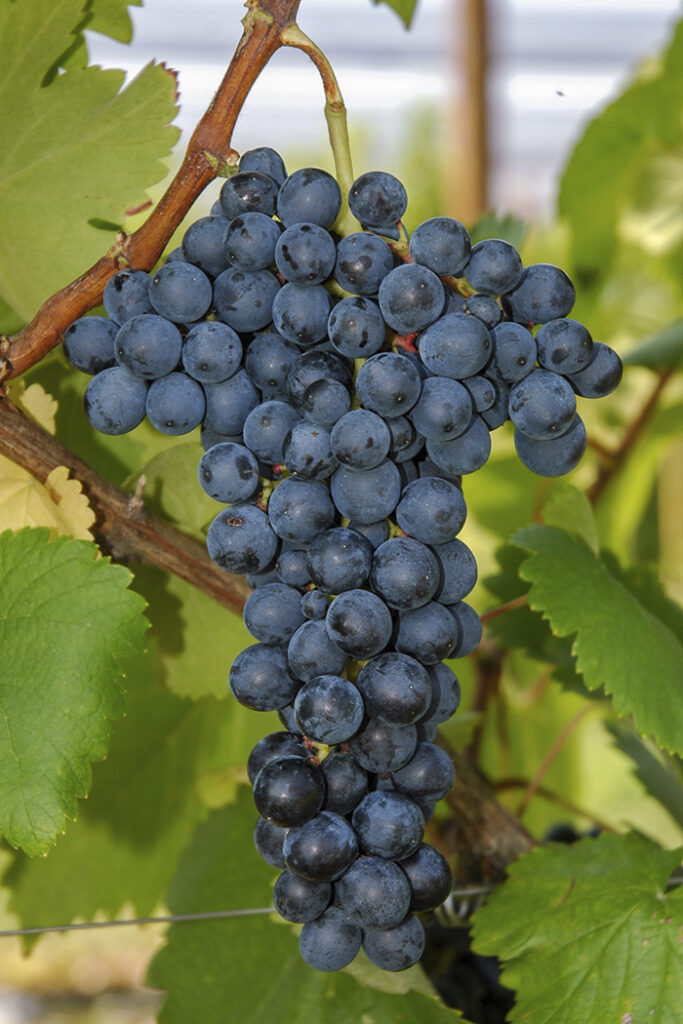‘For we are the new nomads, the twentieth century, who wander the earth with trailing roots, our possessions portable, our dwellings temporary.’ ~ Charmian Clift
And lo! We are finally on the road again, aboard our trusty VW Camper, Barney.
Since I last wrote of Barney, he has been holed up with a mechanic by the sea, facing numerous organ transplants. Unhappy with his first engine, then his second, we ordered a third, brand new one from Germany, transported, we think, by dinghy, given the time we have waited for its arrival. Numerous other parts have also been replaced, too many to go into detail. He has been made over to such an extent, however, that we wondered if perhaps he wasn’t happy as a boy. So, we have also given he/him a sex change. She/her is now Virginia. Aka Ginny, the Gin Bin. Or perhaps the Tranny Van??We are even considering dusting her in pink paint or covering her in frangipani stickers to complete the transformation.
Anyway, happier she undoubtedly is, in her new form, and she/her has taken us merrily along the roads – gravely potholed though they are – all the way to Beechworth and beyond, via Strathalbyn and Buninyong, Tooberac and Euroa.
It has been jolly cold however, so we have relied on friends and relations to provide sleeping quarters, rather than roughing it in the Great Outdoors. Red wine helps of course, and we did bring an assorted box of liquid refreshment to share along the way.
One we love, but rarely indulge in, is Hugh Hamilton’s ‘The Oddball, made from saperavi grapes. Although a relatively new variety in Australia, saperavi is, nonetheless, an ancient grape that has been popular in the regions around the Caucasus Mountains for 6,000 years or more. Indigenous to Georgia, which lies between the Black and the Caspian Seas, it has also become well known in neighbouring countries such as Russia, Armenia and Azerbaijan, the Ukraine and Uzbekistan. Its name may change depending on the local language, but it will always present as an inky blue/black grape that produces really deep red wines that are great for cellaring. What makes saperavi unusual is that the flesh of the grape is also dark red or purple, unlike most red wine grapes, which have a clear or white pulp. Then, it is the skins, left in the wine juice during fermentation, that provide the colour. With saperavi, the grape juice is red, too, and therefore, when combined with the skins, the juice becomes even darker in colour.
Hardy at high altitude and in extreme cold, saperavi creates a full-bodied wine with an earthy aroma and a taste redolent of cabernet sauvignon. A mouthful roles over the tongue with suggestions of spice and autumn fruits – cherry, blackberry and black plum – but also with savoury notes of liquorice and coffee, leather and tobacco. High in tannin, it can be a good idea to decant it before serving.
Beyond the Caucasus Mountains, only a few wineries are cultivating saperavi. There are a handful in New York and Pennsylvania, and a few more in Australia, but it is still largely unfamiliar to most western wine drinkers. Once made in clay pots or amphorae, the Georgians – who call it a quevri, would line the jug with beeswax, and fill it with unfiltered wine. Buried in the ground, with only its neck exposed, the mouth of the amphorae would then be covered with a lid made of wood or stone, and sealed with clay, and the wine left to ferment naturally. Of course, modern wine makers – particularly those in Australia and America – prefer to use glass bottles and filter the wine before sealing the bottle with a cork. This makes the outcome rather more predictable than the more traditional method.
In McLaren Vale, this traditionally Georgian grape seems to be thriving, although so far from home. Hugh Hamilton was introduced to it by an old Georgian friend. And he followed a hunch that this unique and ancient grape might just blend rather well with the gutsy McLaren Vale Shiraz. The creation of ‘Black Ops’ (70% shiraz to 30% saperavi) was a somewhat clandestine operation, but the result has had a big impact, and has long been a favourite with Hamilton’s Black Sheep Club members. And while a few are seen to flinch at the unusual, unfamiliar flavour of the pure saperavi (The Oddball), others are delighted to discover something a bit different. That difference has been highlighted by the unique saperavi labels. Of typically Georgian design, Hugh’s famous black sheep sits proudly in the centre.
And meanwhile we wander on through country Victoria. There are plenty of wineries around here too, but I’ll get on to them another day. Now, its time to pour a sundowner and crank up the heater before the frost sets in.
*I have borrowed the image of ‘The Oddball’ from Hugh Hamilton’s website. Hope that’s OK, Mary?



